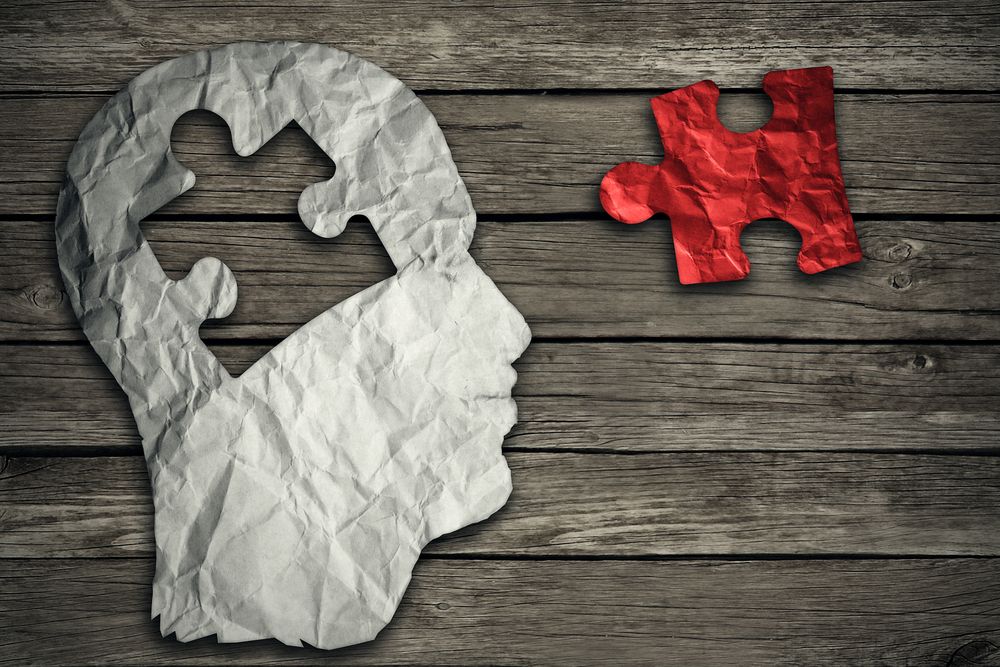Acute Treatment of Migraines: 3 Trick Questions
By asking and answering these questions, I learned some new tricks that can help you help migraine sufferers.
© PathDoc/Shutterstock.com

My job has increased my contact with urgent care patients. As a result, I see more people with headaches, especially debilitating migraine headaches. They are uncomfortable and grateful when you can provide relief for their throbbing head pain.
I was becoming a “1-trick pony,” however, relying on an injectable triptan, and I stared into the distance sheepishly if that approach did not work. In some of these patients, triptans were contraindicated as well. Give me some more choices, I cried!
The American Headache Society recently published an evidence-based assessment of migraine headache pharmacotherapies.1 I asked some questions and learned some new tricks that can help migraine sufferers.
Following are questions you may have about migraines this month-National Migraine Awareness Month-but were afraid to ask:
1. What choices are available when a patient with migraine is a sumatriptan nonresponder?
Some of these people will respond to alternative triptans. For example, almotriptan at a dose of 12.5 mg was compared with placebo in this specific group. The number of sumatriptan nonresponders who were headache-free 2 hours after almotriptan totaled 47.5%, compared with only 23.2% in the placebo group. Other triptans, eletriptan, for example, may work similarly.
2. Are there good choices that are neither oral nor an injection?
Yes, there are. Nasal sprays of zolmitriptan and rizatriptan (triptans), dihyrdoergotamine (DHE), and butorphanol (1 mg) all have Level A evidence, that is, these medications are established as effective for acute migraine treatment based on the evidence.
3. If you are not making progress with 1 medication, are there effective and safe combinations?
Indeed there are! A fixed dose oral combination of sumatriptan/naproxen (85/500 mg) has Level A support from the evidence. Tramadol combined with acetaminophen (75/650 mg) is rated Level B (probably effective). An old standby-acetaminophen/aspirin/caffeine (500/500/130 mg)-also is Level A rated for the relief of migraine headaches.
I also learned that some regimens are not effective. There are no solid data to support the use of IV lidocaine or hydrocortisone. The same can be said for subcutaneous ocreotide. Intramuscular chlorpromazine (not intravenous) is unreliable as well.
3 Key Points:
• If sumatriptan fails as the magic bullet for migraines, there are other choices.
• In some patients, nasal sprays may be the ticket.
• Other patients may benefit from established combination agents.
References:
1. Marmura MJ, Silberstein SD, Schwedt TJ. The acute treatment of migraine in adults: the American Headache Society evidence assessment of migraine pharmacotherapies. Headache. 2015;55:3-20.